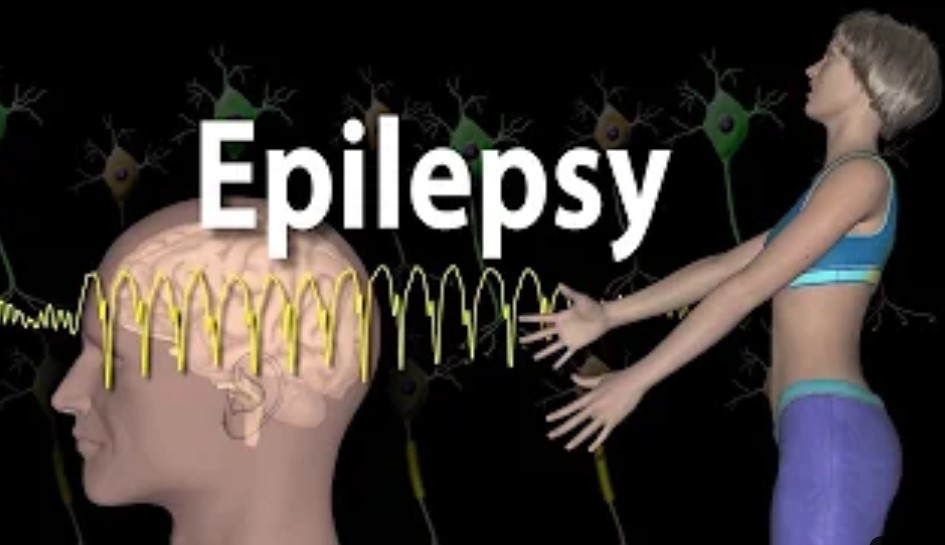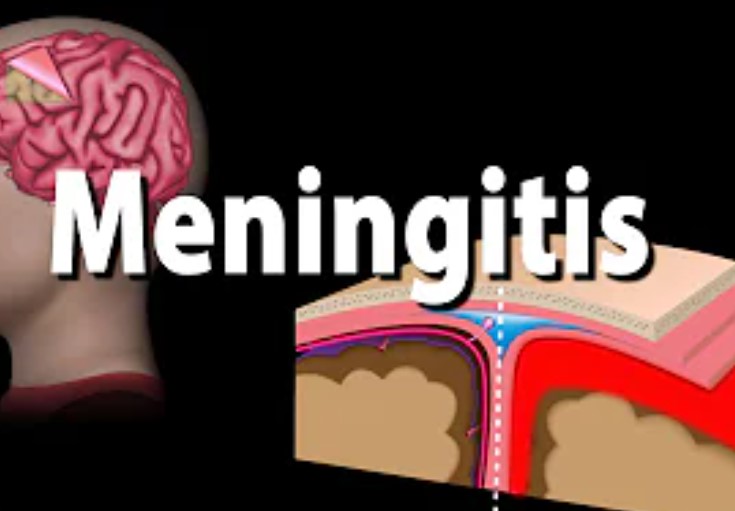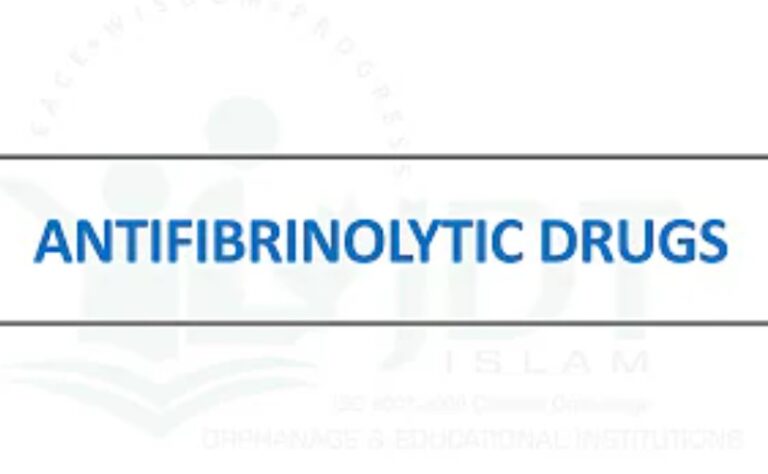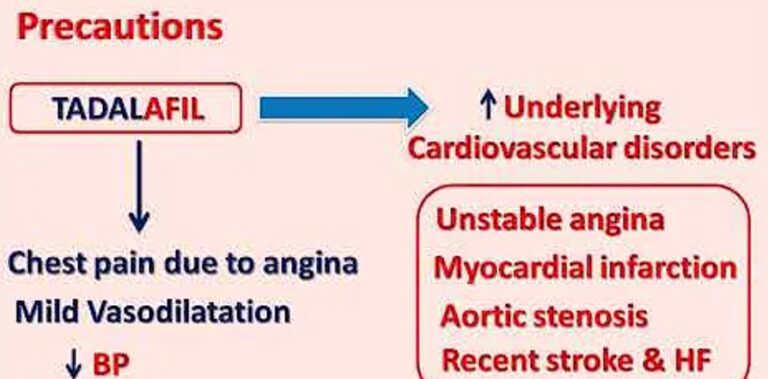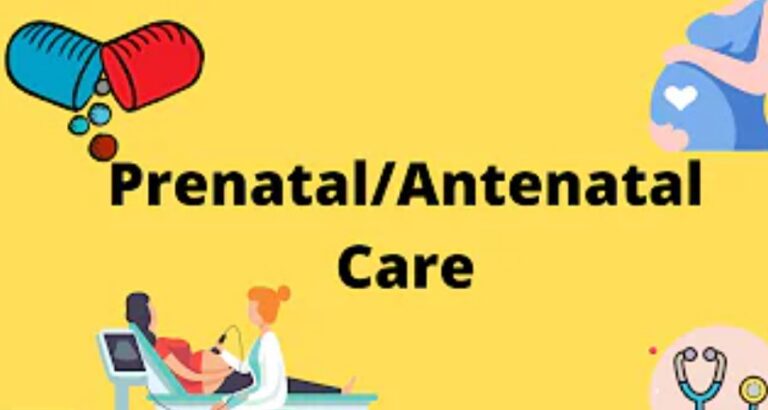Convulsion/Epilepsy/Seizure: Causes, Management
Convulsions, also known as seizures or epilepsy are very common medical findings in our environment. Most persons with this disorder are usually stigmatized or attached to some form of spiritual inclination, hence they find it difficult to come out and seek medical help. This should not be so.
Seizures are medical disorders that occur due to abnormal activities in the brain and they can be managed.
They are even more common in children, especially those less than 5 years of age. Do not panic when you see a seizure. Simply follow the First aid steps outlined below.
What is Seizure/Convulsions/Epilepsy?
A Seizure or Convulsion is an involuntary disturbance of brain function. When this happens, it may manifest as
- a loss of consciousness: the person might be there staring at you but wouldn’t notice what they are doing.
- abnormal movements: the person would be jerking their hands & feet, uncontrollably.
- Autonomic dysfunction: the person may urinate or pass faeces when it happens.
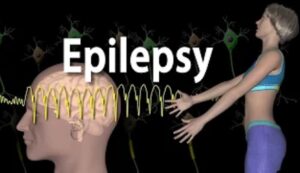
Seizures (Convulsions) usually happen suddenly. A person would be standing or sitting, and the next thing, the person would fall, start jerking, orbiting their tongues.
Epilepsy: is when the person has recurrent seizures/convulsions (more than one in 24 hours).
Causes of Seizures
In Childhood: Seizures in children can be caused by;
- Meningitis: inflammation of the covering of the brain.
- Severe Malaria: when malaria is left untreated, it can cause convulsions.
- Hypoglycemia: this is simply low blood sugar. It is usually a common reason why convulsions occur.
- Fever: some children start having convulsions after they develop a fever. This is known as a Febrile convulsion. Usually occurs between 6 months to 6 years of age.
- Genetics/Family: some forms of seizures run in the family.
Symptoms of Seizure
The main symptom of a seizure is simply an abnormal movement. For newborn babies, it might be difficult to notice due to their relative activity, compared to older children & adults. However, you might notice some abnormal eye or facial movements.
For older children or adults, you would notice the full jerking movement.
For some others, especially those between the age of 8-12, you would just notice them staring & gazing for about 5-10 seconds, not knowing what they are doing. This is known as an Absence seizure.
There are other forms of seizures, such as tonic, myoclonic, Tonic-clonic, etc, but we wouldn’t go into those.
First aid for Convulsion (by witnesses)
- Move the person away from danger (fire, water, vehicles, etc)
- Wait for the convulsion to stop. Don’t do anything, do not put anything in the mount or head.
- After the convulsions stop, turn the person to lie on his side. That is, not on his back or his belly, but on his side. This would prevent any form of aspiration which could kill the person.
- Ensure that nothing is blocking his nose or throat, but remember to not put anything inside the mouth. You would say, “But the person is butting & is about to swallow his tongue”.
Yes, I know. People convulsing would usually bite their tongues, especially at the start of the convulsion. It is normal and cannot be prevented. Do not put anything in their mouth, else you could block it & cause the person to aspirate whatever is coming from their mouth, which could kill them. - If the convulsion continues for more than 5 minutes without the person regaining consciousness(that is being him/herself back), CALL for urgent medical attention.
- The person may be confused for up to 30–60 minutes and, hence, you should not leave the person alone until they recover. See the video above for a visual description of this First aid.
Treatment of Seizures
First & foremost, you need to understand that epilepsy is very common & can be managed. Any individual having a seizure is to visit the hospital for proper management.
Other important things are;
- Lifestyle adjustment: individuals having seizures should not be allowed to do any form of activity that could put them in danger, especially when the seizure starts, till they have achieved good control. Examples are driving, open fires, swimming, climbing heights, etc.
- Medications: people having seizures would be on Anticonvulsants that would be prescribed by their doctor. They include Phenobarbitone, Phenytoin, Carbamazepine, Lamotrigine, and Sodium Valproate, among others.
These drugs shouldn’t be taken without a doctor’s prescription or supervision.
Remember: Seizures can be managed. It is not spiritual.
Continue to spread the message.
